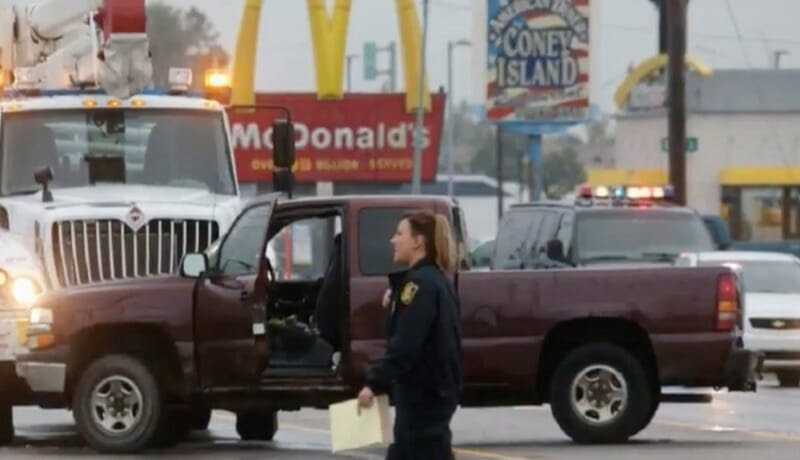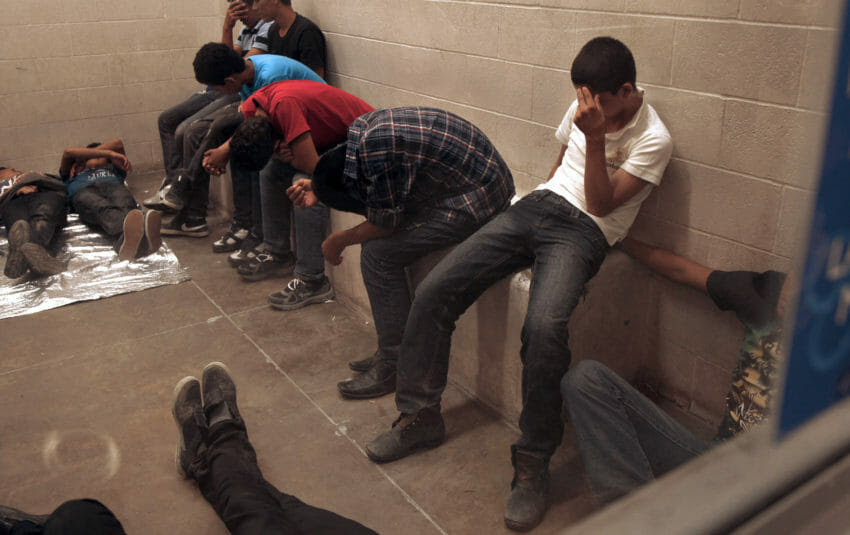Fwd: UN Ambassador Nikki Haley resigns
Click to teach Gmail this conversation is important.
---------- Forwarded message ---------
From: TheBlaze Daily PM <mailer@email.theblaze.com> Date: Tue, Oct 9, 2018 at 1:07 PM Subject: UN Ambassador Nikki Haley resigns To: <theiolani@gmail.com>
| |||||||||||||||||||||||||||||||||||||||||||||||||||||||||||||||||||||||||||||||||||||||||||||||
From: TomDispatch <tomdispatch@nationinstitute.
Date: Sun, Oct 7, 2018 at 12:10 PM
Subject: Best of TomDispatch: Engelhardt, Putting War Back in Children's Culture
To: <theiolani@gmail.com>
Date: Sun, Oct 7, 2018 at 12:10 PM
Subject: Best of TomDispatch: Engelhardt, Putting War Back in Children's Culture
To: <theiolani@gmail.com>

|
|---|
|
October 7, 2018
Best of TomDispatch: Engelhardt, Putting War Back in Children's Culture
[Note for TomDispatch Readers: The other night, I picked up an old book of mine, The End of Victory Culture: Cold War America and the Disillusioning of a Generation, and began reading. It had been a long time. It was a book I wrote in my late forties, looking back not just on the Vietnam era, but on my Cold War childhood: the elaborate scenarios I played out with toy soldiers on the floor of my room; the war movies I regularly saw with my father (a World War II vet who kept remarkably silent about his own experiences while I watched the heroics of American triumph on screen imagining them as his); and the war games I played, stick (i.e. gun) in hand, in parks and fields. My own mobilizing experience as a young adult would indeed be a war, Vietnam, but in opposition in the streets of this country, not armed like many of my compatriots in that distant land.
I’m old enough, 74, to remember war, American-style, or rather the stories we once told ourselves about it and the way, for a brief period after the Vietnam War ended so disastrously, that the all-American war story would simply be flushed out of the culture. Today, if you want, you can read along with me for a while, since I’m reposting a piece from that book on how war returned to children’s culture in those years. I first posted it at TomDispatch in August 2013. Looking back, perhaps you’ll be as amazed as I still am at the degree to which -- from its technology to the nature of the enemy -- children’s culture proved remarkably predictive when it came to the nature of twenty-first-century war. It was Star Wars filmmaker George Lucas who, in 1977, first brought war back into a children’s (and adults') culture that had been emptied of it by Vietnam. In the early 1980s, it was toymakers at Hasbro who, unlike policy makers in Washington, grasped that the Soviet Union had had its day as our super-enemy, that it no longer gripped the imagination, and so gave their newly revived fighting man, G.I. Joe, a foe more suitable for a new age, one that couldn’t be more familiar today: terrorism. When you’re done with this excerpt, if you’re in the mood, pick up a copy of Victory Culture, plunge back with me into the years of my childhood, and explore how victory, which was once as American as apple pie, ceased to be even a concept in Washington. And if you would like a signed, personalized copy of the book, just go to our donation page, contribute $100 ($125 if you live outside the USA) and it’ll be yours with my thanks. Tom]
Teenagers in Space
Star Wars, G.I. Joe, Rambo, Red Dawn, and How a Tale of American Triumphalism Was Returned to the Child’s World By Tom Engelhardt
[The following excerpt from Tom Engelhardt’s book The End of Victory Culture is posted with permission from the University of Massachusetts Press.]
1. “Hey, How Come They Got All the Fun?”
Now that Darth Vader’s breathy techno-voice is a staple of our culture, it’s hard to remember how empty was the particular sector of space Star Wars blasted into. The very day the Paris Peace Accords were signed in 1973, Richard Nixon also signed a decree ending the draft. It was an admission of the obvious: war, American-style, had lost its hold on young minds. As an activity, it was now to be officially turned over to the poor and nonwhite.
Those in a position to produce movies, TV shows, comics, novels, or memoirs about Vietnam were convinced that Americans felt badly enough without such reminders. It was simpler to consider the war film and war toy casualties of Vietnam than to create cultural products with the wrong heroes, victims, and villains. In Star Wars, George Lucas successfully challenged this view, decontaminating war of its recent history through a series of inspired cinematic decisions that rescued crucial material from the wreckage of Vietnam.
To start with, he embraced the storylessness of the period, creating his own self-enclosed universe in deepest space and in an amorphous movie past, “a long time ago in a galaxy far, far away.” Beginning with “Episode IV” of a projected nonology, he offered only the flimsiest of historical frameworks -- an era of civil war, an evil empire, rebels, an ultimate weapon, a struggle for freedom.
|
|
Visit our sister sites:

Recent Posts
3 days ago... Tomgram: Ben Freeman, The Saudi Lobby Juggernaut 5 days ago... Tomgram: Frida Berrigan, The Cheetah in Us All 1 week ago... Tomgram: Danny Sjursen, Backfire, a Generation of American Folly 10 days ago... Tomgram: Engelhardt, In Search of the Victories People Don't Even Know About 
Recent Highlights
1 month ago... Tomgram: Nomi Prins, The Disrupter-in-Chief 1 month ago... Tomgram: John Feffer, The Jaws Presidency 
|
|
|
Fwd: Why the FBI Used Its Kid Gloves on Brett Kavanaugh
Click to teach Gmail this conversation is important.
---------- Forwarded message ---------
From: t r u t h o u t <messenger@truthout.org> Date: Sat, Oct 13, 2018 at 9:29 AM Subject: Why the FBI Used Its Kid Gloves on Brett Kavanaugh To: <theiolani@gmail.com>
| ||||||||||||||||||||||||||||||||||||||||||||||
Fwd: Could Trump Take Down the American Empire?
Click to teach Gmail this conversation is important.
---------- Forwarded message ---------
From: Truthdig <newsletter@truthdig.com> Date: Wed, Oct 3, 2018 at 1:02 AM Subject: Could Trump Take Down the American Empire? To: <theiolani@gmail.com>
| |||||||||||||||||||||||||||||||||||||||||||||||||||||||||||||||||||||||||||||||||||||||||||||||||||||||||||||||||||||||||||||||||||||||||||||||
































No comments:
Post a Comment